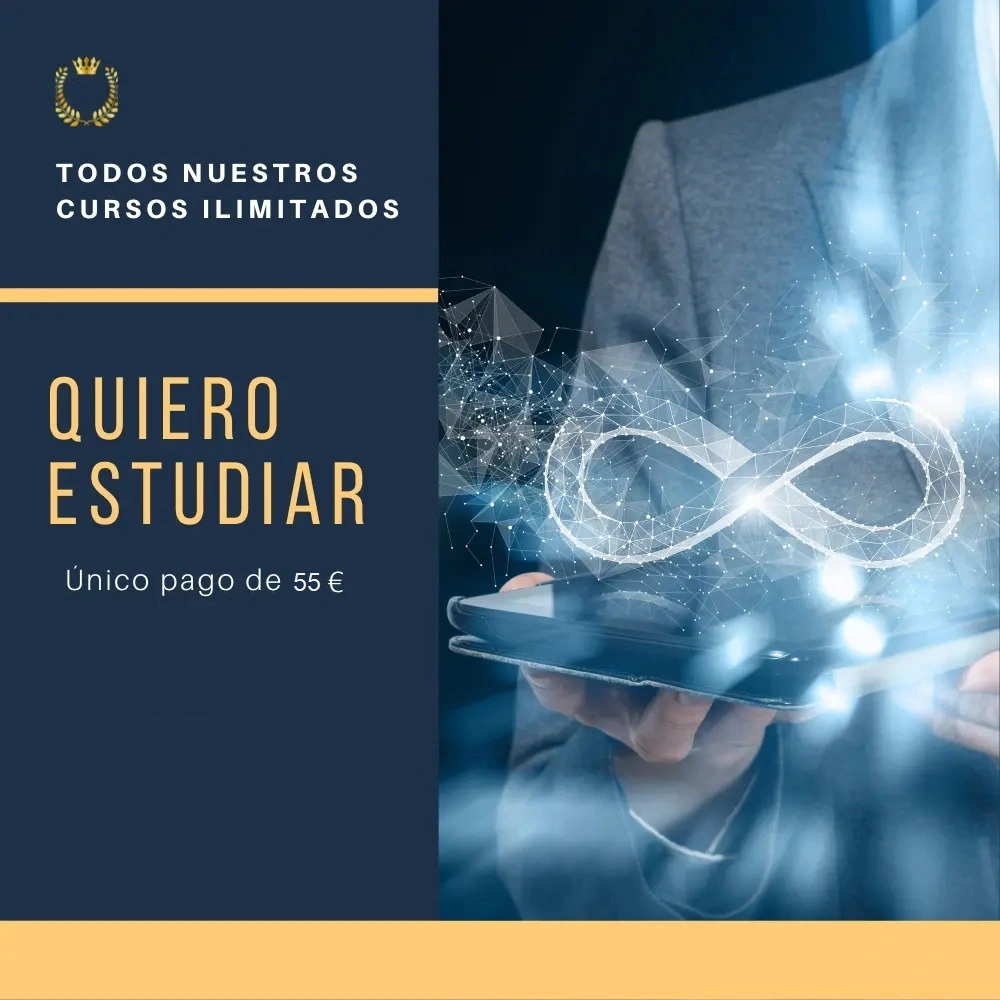Transcription Identifying and Eliminating Time Thieves
The Activity Audit: Where Does Your Time Really Go?
Often, we feel like the day is slipping through our fingers, but we don't know exactly why.
The first step to regaining control is to conduct an activity audit.
This exercise consists of keeping a detailed record of how you spend your time during a day or a week.
Write down on paper or in an app everything you do and how much time you spend on it.
Although it may seem tedious, this diagnosis is revealing.
It allows you to move from an abstract sense of "always being busy" to having concrete data about your habits.
By reviewing the log, you will be able to identify patterns and "time thieves" that you may not have noticed: how much time do you spend on social networks, how many times a day do you check email, how much time do you spend on low-impact tasks, etc.?
This awareness is the fundamental starting point for any time optimization strategy. Without knowing where your time is going, it is impossible to get it back.
The Silent Thief: Lack of Planning and Prioritization
One of the biggest time thieves is the lack of a clear plan.
When we start the day without having our priorities defined, we are vulnerable to the tyranny of the "urgent" but unimportant.
We react to notifications, requests from others and the simplest tasks, leaving for last (or never) those that would really move us towards our goals.
Not having a plan is like sailing without a destination; any wind blows us off course.
The solution is to take a few minutes at the end of each day or first thing in the morning to set key priorities.
Deciding in advance what is the most important thing to do provides us with a filter to evaluate distractions and ensures that, even on a chaotic day, we have invested our energy in what really counts.
Lack of prioritization is a time and energy sink that we can plug with minimal, conscious planning.
The Chaos of Disorganization and Multitasking
Two closely related time thieves are physical or digital disorganization and the habit of multitasking.
Disorganization causes us to waste precious time searching for things: a document on the computer, the keys to the house, an important e-mail.
Every minute spent searching is a minute not spent taking action.
Establishing simple organizational systems, where everything has a designated place, eliminates this friction and frees up time and mental space.
On the other hand, multitasking, or "being a butterfly," gives us the false illusion of being more productive.
In reality, constantly switching between tasks fragments our attention and reduces the quality of our work.
Every time we switch contexts, our brain needs time to refocus, resulting in a net loss of efficiency.
Practicing single-tasking "focusing on one thing at a time" allows us to complete tasks more quickly and with a higher level of quality.
Regaining Control: From Identification to Action
Once, through the audit, we have identified our personal time thieves "whether it is lack of planning, disorganization or multitasking", we can move to action.
The goal is to implement systems that counteract these habits. Organization is the answer to not being able to find things.
Daily planning is the answer to not being able to prioritize. Single-tasking is the answer to inefficient multitasking.
By systematically eliminating these time leaks, we not only become more productive, but we suddenly "find" those hours we thought we didn't have.
This recovered time is time we can intentionally invest in our self-care, personal goals and living a more balanced, less reactive life.
Summary
We often feel like the day is slipping away from us, but we don't know why. Conducting an activity audit, recording how you spend your time, will give you concrete data to identify patterns and regain control of your hours.
One of the biggest time thieves is the lack of a clear plan. Without defined priorities, we are vulnerable to the tyranny of the urgent but unimportant, reacting to distractions instead of moving forward on our goals.
Disorganization and multitasking also consume precious time. Constantly looking for things is inefficient, while switching between tasks fragments attention. Organization and single-tasking are the solutions to regain focus and productivity.
identifying and eliminating time thieves




